More than just a little black dress: 25 years after her death, Audrey Hepburn still gets under our skin
She’s remembered for her poise in a little black dress, but as an actress she had an astonishing hit rate, with ‘Breakfast at Tiffany’s’, ‘Charade’, and ‘My Fair Lady’ all proving enduring classics
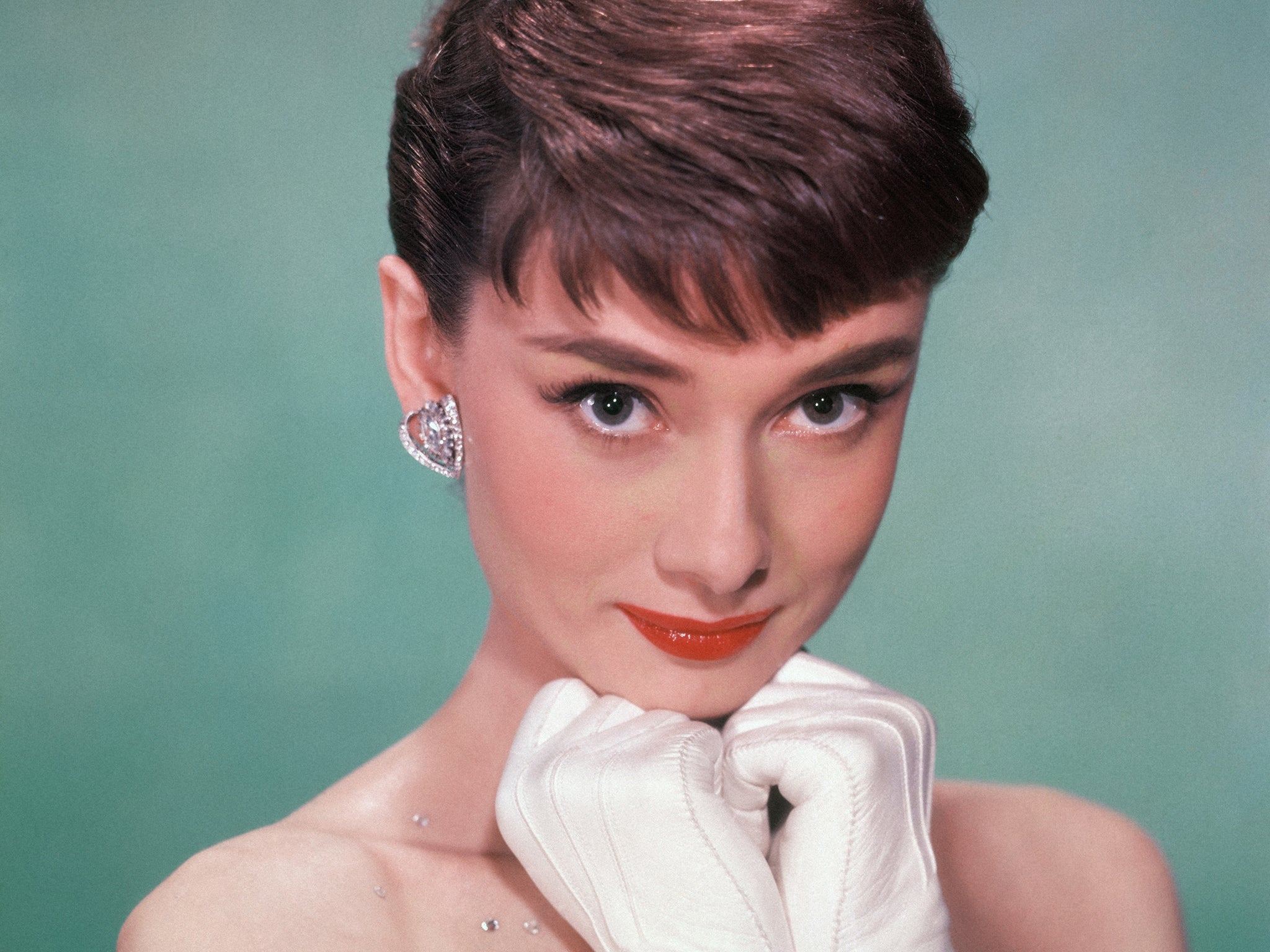
Your support helps us to tell the story
From reproductive rights to climate change to Big Tech, The Independent is on the ground when the story is developing. Whether it's investigating the financials of Elon Musk's pro-Trump PAC or producing our latest documentary, 'The A Word', which shines a light on the American women fighting for reproductive rights, we know how important it is to parse out the facts from the messaging.
At such a critical moment in US history, we need reporters on the ground. Your donation allows us to keep sending journalists to speak to both sides of the story.
The Independent is trusted by Americans across the entire political spectrum. And unlike many other quality news outlets, we choose not to lock Americans out of our reporting and analysis with paywalls. We believe quality journalism should be available to everyone, paid for by those who can afford it.
Your support makes all the difference.Mention Audrey Hepburn to her admirers and most will enthuse about her elfin charm and her gamine-like quality. Hepburn, who died in 1993, was one of the most loved screen actresses of her generation.
There are some, though, who simply can’t abide her. Emma Thompson called her “fantastically twee” and claimed Hepburn couldn’t sing and couldn’t really act either. “Why do I hate her so?” was the headline to an article in a British newspaper when the BFI gave her a retrospective in 2004.
Such vituperation proves, at least, that Hepburn still has the ability to get under people’s skins. A quarter of a century after her death, her reputation hasn’t withered in the slightest. She was dubbed “the world’s darling” by Life magazine at the very start of her career and that is what she remains.
Her best known films – Sabrina, Roman Holiday and My Fair Lady among them – are continually revived. All the obituaries of French fashion designer Hubert de Givenchy earlier this spring enthused about the dresses he designed for her, most famously the little black number she wore as Holly Golightly in Breakfast At Tiffany’s.
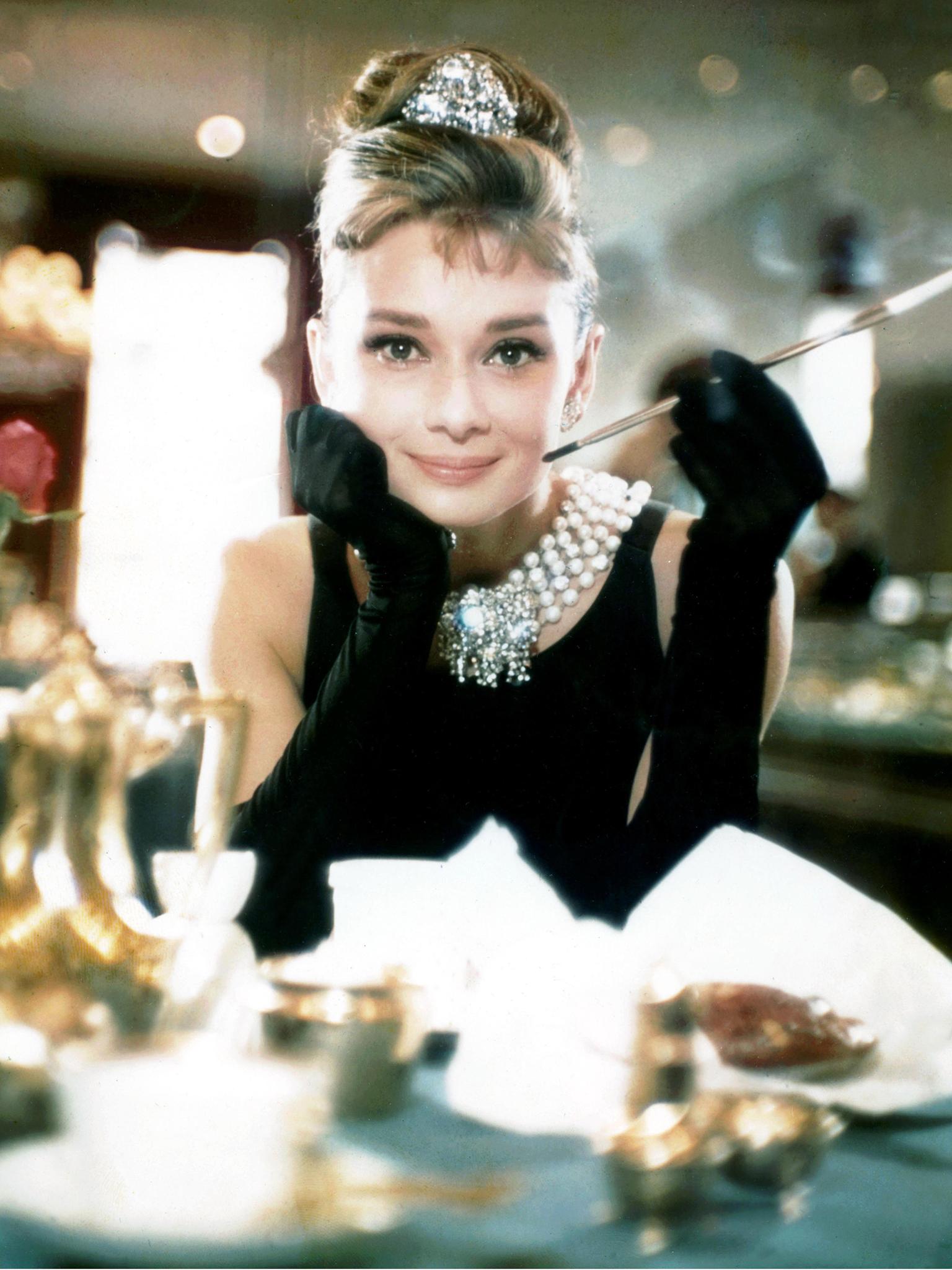
It is telling that Hepburn is talked about as much for what she wore as for her acting. “Audrey Hepburn in gorgeous Givenchy” reads the blurb for the special screening of comedy-thriller Charade this month at the Barbican.
“She was a dancer and she knew perfectly how to walk and move. I remember how beautiful I thought her smile was,” Givenchy said of his first encounter with her in 1953. He had only agreed to meet her because he had mixed her up with Katharine Hepburn, but was immediately smitten.
In Ealing Studios’ The Lavender Hill Mob (1951), in which she appears fleetingly, she is already dressed very extravagantly in a white dress and long black gloves. She is in a tiny part and yet, if you didn’t know better, you might think she was the star of the film.
Alec Guinness summed up perfectly her appeal: “She only had half a line to say and I don’t think she said it in any particular or interesting way, but her fawn-like beauty and presence were remarkable.”
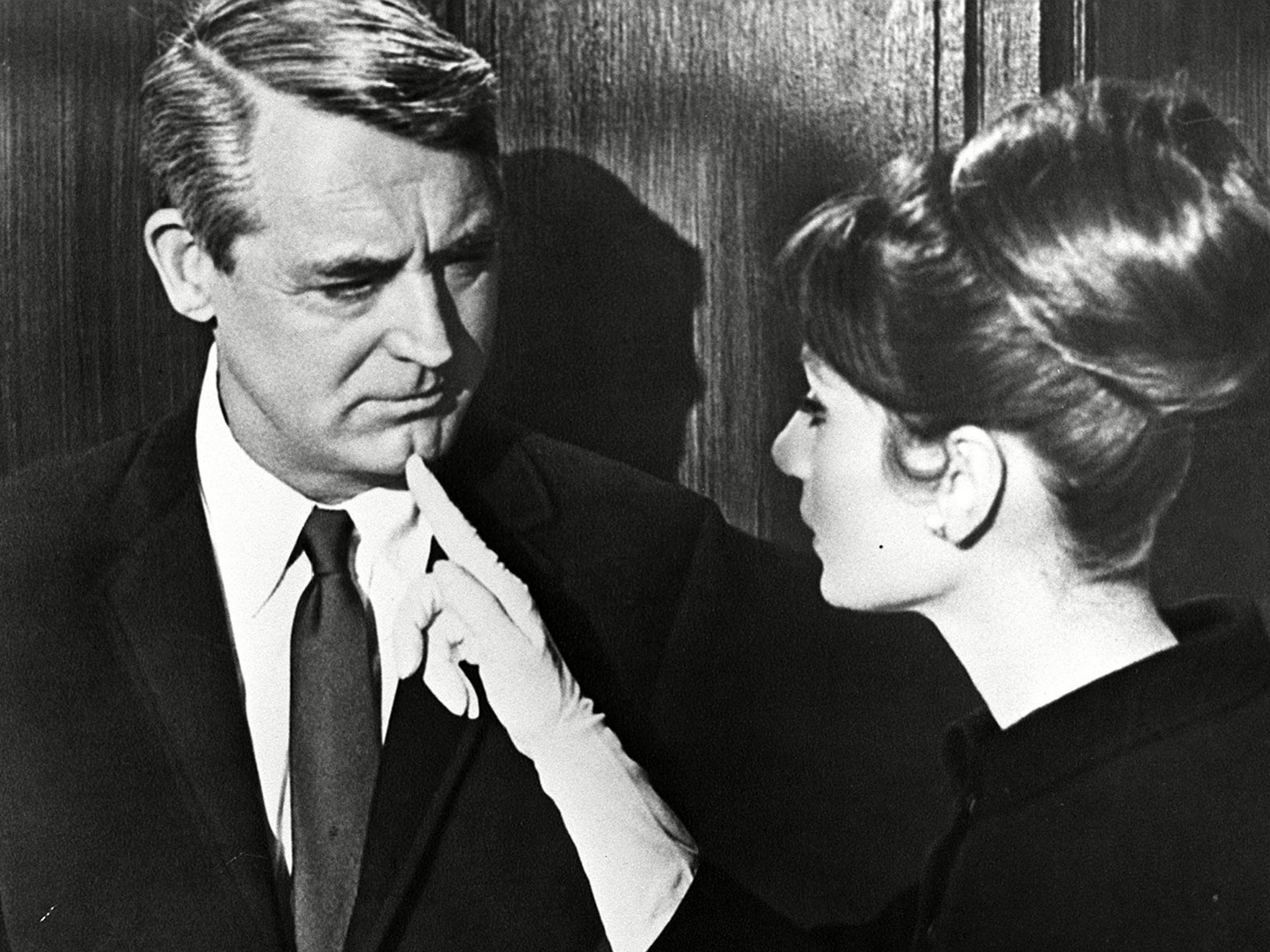
Hepburn had a quality that filmmakers immediately cherished. British and American producers fought over her. The ageing French writer Colette spotted her by chance when Hepburn was in Monaco, filming one of her first movies, Monte Carlo Baby, and immediately decided she would be ideal as the lead in the stage version of her novel, Gigi. Colette pointed to her calmness and to a poise. Others spoke of her radiance.

Watch Apple TV+ free for 7 days
New subscribers only. £8.99/mo. after free trial. Plan auto-renews until cancelled

Watch Apple TV+ free for 7 days
New subscribers only. £8.99/mo. after free trial. Plan auto-renews until cancelled
Emma Thompson’s verdict that Hepburn wasn’t a great actress was accurate enough, however. Her range was limited. That, though, didn’t lessen her impact on screen in the slightest. She was always precise in her gestures. Her voice had a slightly husky quality which added to its charm. She was often flirtatious, but in a playful way.
Fittingly for someone who would later play Eliza Doolittle, she delivered her lines in her early films in a deliberate, slightly mechanical fashion, as if she had just had come from elocution lessons. Her real-life Henry Higgins was the very arch and well-spoken British character actor Felix Aylmer (“dear, dear Felix” as she called him in the letters she continued to write to him throughout the 1950s).
Hepburn had trained as a ballet dancer but, at 5ft 7in had been too small to make the grade as a prima ballerina. One reason she remained so rake-thin was because of her experiences growing up in Nazi-occupied Belgium, when she suffered from extreme malnourishment.
Fine-boned and petite, she wasn’t an obvious sex symbol. She had crooked teeth. Early in her career, Hepburn had done some modelling and worked as a chorus girl and as an extra. But even then, she had an uncanny knack of captivating everyone who came into her orbit.
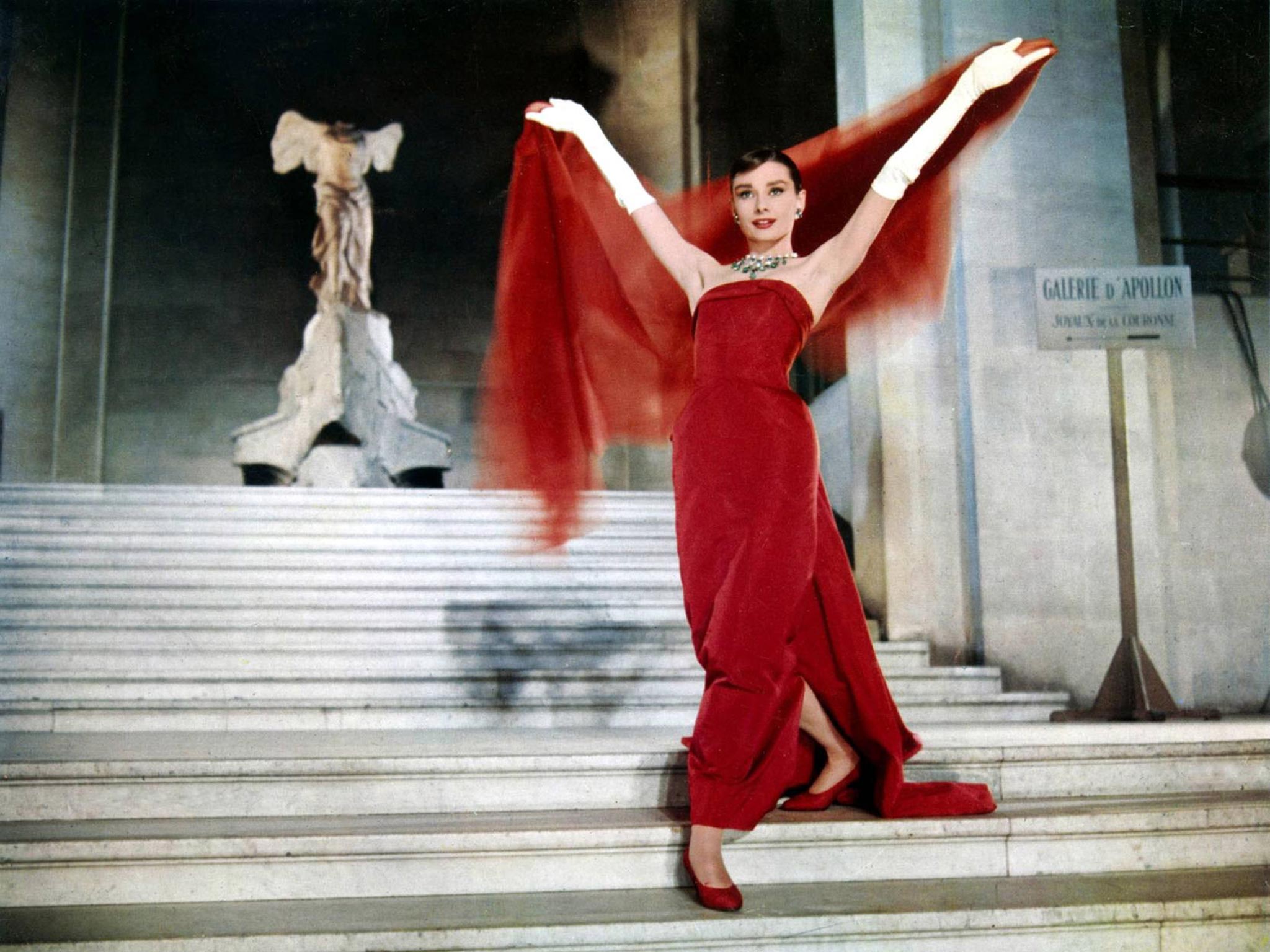
Those who worked with her in the late 1940s and early 1950s had no doubt that Hepburn would become a star. She was striving and resilient. In austerity-era Britain, the young Belgian also had an exoticism and glamour that most British actors of the period conspicuously lacked.
Even when she had bit parts in a film, she would always make an impression. She would flutter her eyelashes, dance in “a satirical manner” and look coquettishly at camera. Critics talked of her “saucy schoolgirl brand of beauty” and of her “rich personality”. She had a flair for comedy. She was also far tougher than her demure image suggested.
Producer-director Mario Zampi was obsessed with her. After seeing her 14 times in stage revue Sauce Piquante, he persuaded leading British production company Associated British to put her under contract and gave her a part in his film, Laughter In Paradise.
The stern Ealing boss Michael Balcon was equally enthused. “This girl shows tremendous promise for stardom,” he pronounced after she appeared in Thorold Dickinson’s 1952 drama, The Secret People. Balcon warned the British to fight to hold onto her.
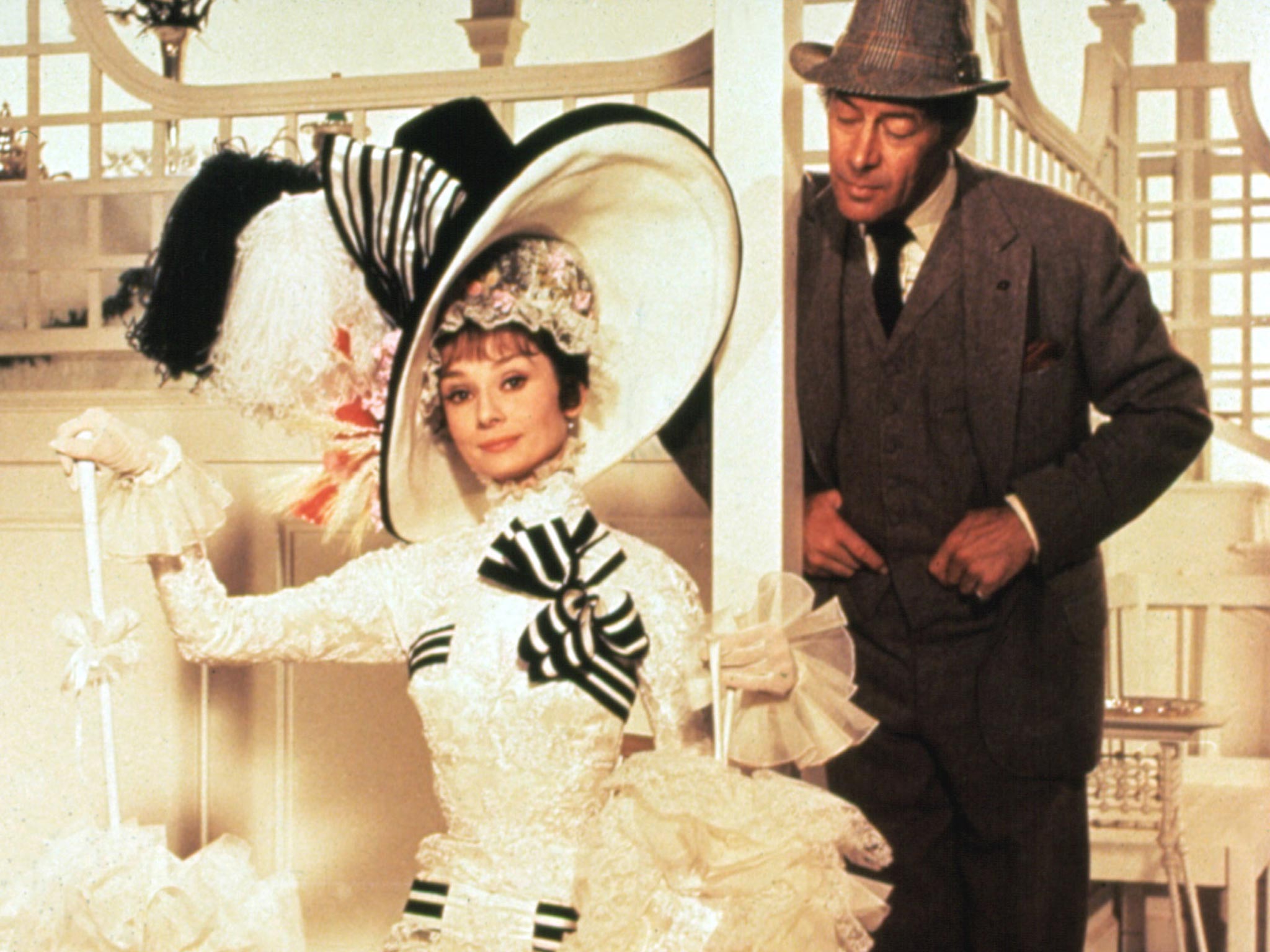
This daughter of a British banker and a Dutch aristocrat was as cosmopolitan as her background suggested. It was difficult to pinpoint precisely where she came from, and her accent was hard to place too. This was one of her greatest strengths. It meant that she was never typecast.
She may have been limited as an actress but she played an extraordinary range of roles. She was a princess in William Wyler’s Roman Holiday (1953) and a chauffeur’s daughter in Billy Wilder’s Sabrina (1954). She was cast as nuns, ingenues, flower girls, beautiful widows and femme fatales.
In truth, she was the same chic and petite figure in all of them. You couldn’t imagine her as tragic heroines or depressive alcoholics. She wouldn’t have worked as Lady Macbeth or Anna Christie. Everything about her was high spirited and good natured, but she could bend the most unlikely roles to fit her star persona. In theory, she should have been completely wrong to play Holly Golightly, the promiscuous cafe society girl, in Breakfast At Tiffany’s.
“Holly Golightly was not precisely a callgirl. She had no job, but accompanied expense-account men to the best restaurants and night clubs, with the understanding that her escort was obligated to give her some sort of gift, perhaps jewellery or a cheque ... if she felt like it, she might take her escort home for the night,” Truman Capote told an interviewer about his most famous fictional creation.
You couldn’t imagine Audrey Hepburn taking her escorts home for the night. She was far too classy for that. Nonetheless, everyone accepted her in the role. Even when her Holly is drunk or misbehaving or nibbling away on a Danish pastry, she never loses her poise or class.
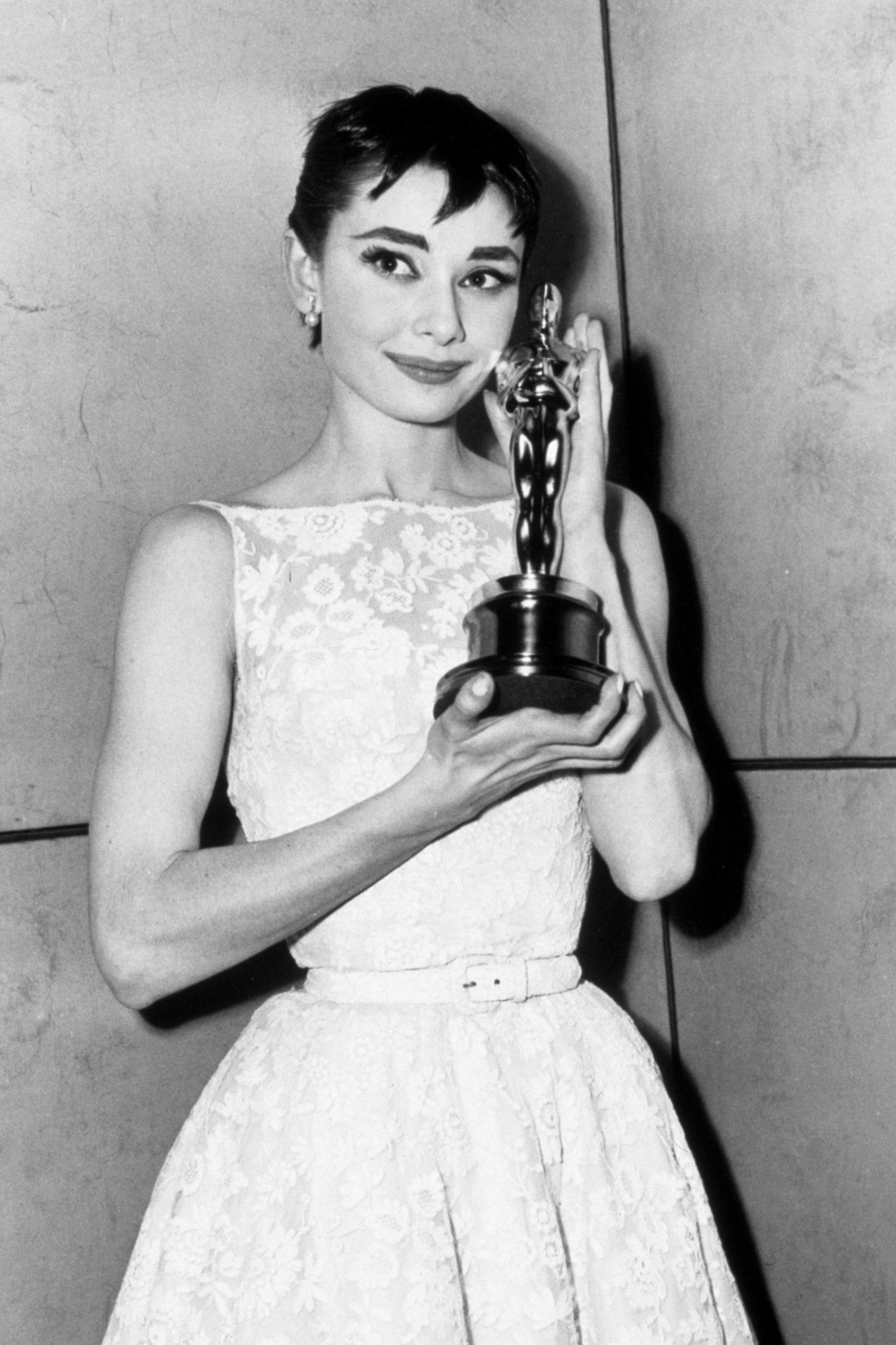
“The nymph is not for export,” the British press complained when Hollywood began trying to prise her away from London. One of her attractions was that she was so different to voluptuous stars of the period like Marilyn Monroe. In a 1953 profile, Time magazine quoted Billy Wilder as saying that “this girl, single-handedly, may make bosoms a things of the past”. Humphrey Bogart called her “bird-like” – and meant it as a compliment.
But Hepburn’s career didn’t happen by accident. She was intensely driven and ready to go wherever the work would take her. At the start of her career, she had lived in a cold water flat in London. The Hollywood studio bosses didn’t just warm to her charm – they noticed her ambition as well. She had a big enough personality to appear alongside major stars like Bogart, Cary Grant, William Holden and Gregory Peck and not only to hold her own but also often to steal scenes from under their noses.
Hepburn won an Oscar for Roman Holiday right at the start of her career in Hollywood. She wasn’t the most prolific actress but her hit rate was extraordinary. Sabrina, Funny Face, The Nun’s Story, Breakfast At Tiffany’s, Charade, My Fair Lady and Two For The Road are all films that remain in circulation today.
And if you don’t like her performances, you can still admire the way she showed off all those Givenchy dresses.
‘Charade’, introduced by Adrian Wootton, is at the Barbican on 22 May (barbican.org.uk)
Join our commenting forum
Join thought-provoking conversations, follow other Independent readers and see their replies
Comments